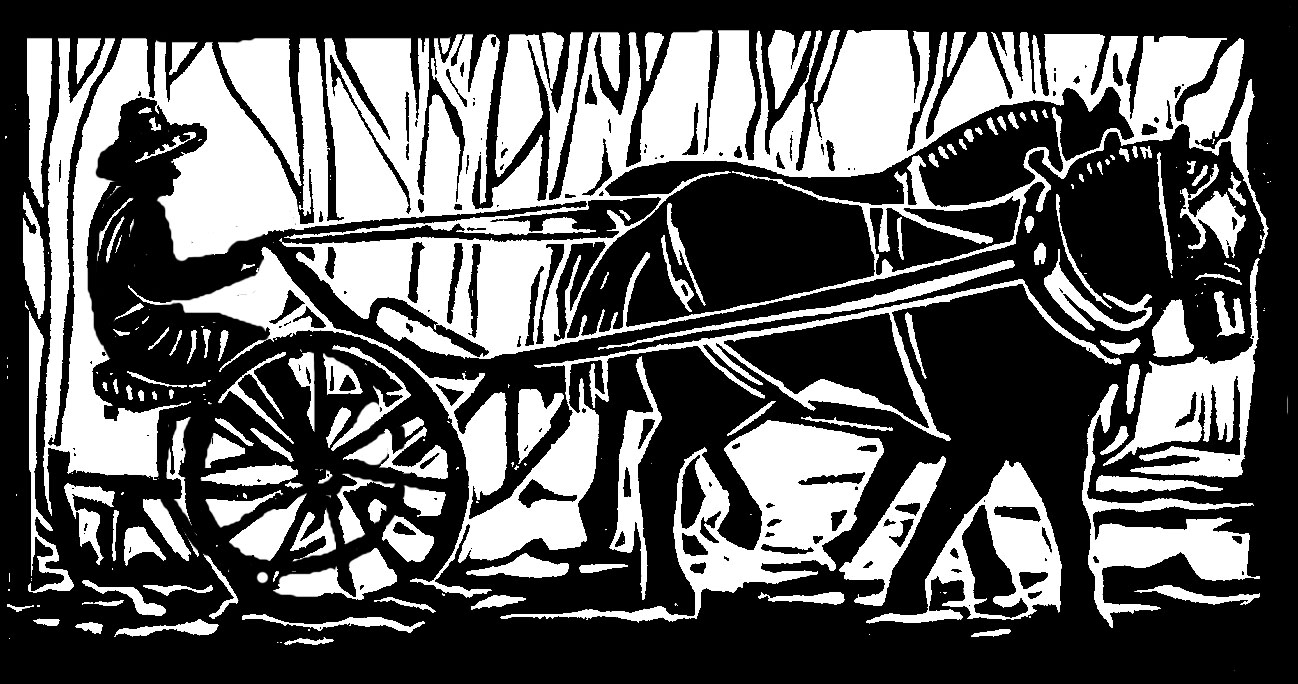My fellow farmer has been very excited about our new livestock this year. Though the stock numbers in the hundreds, it's not the many mice, rats, voles, chipmunks, squirrels, and woodchucks. It's not the thousands of honeybees that a friend tends on our farm.
Nor have we gotten hundreds more draft horses, or cats or dogs, though I occasionally express a wish for another kitty to join Cricket, our present cat, and my fellow farmer longs for a dog. (He also longs for chickens, pigs, goats, sheep, and cows, and then I remind him of the hundreds of vegetables that would be neglected should we have hundreds of animals.)
Depending on your age and patience, my fellow will string you along for a good long while, trying to get you to guess our new critters. Then he'll say, “Do you want to see? Do you want to see?”
He'll bring you to the front porch, and you might look around a bit, wondering about the farmer's sanity. But he'll eagerly point out a squat black plastic bin on legs.
“Do you want to see?” By now, you might have guessed the riddle. Or maybe not, until my fellow opens up the lid … and there you see … hundreds of compost worms!
Yes, worms, happy little red wigglers, and my fellow takes great pleasure in showing them to those people who are willing to look, as well as feeding them table scraps and eggshells and coffee grounds.
“You want to help feed the worms?” he asks our daughter and me frequently. His enthusiasm is irresistible, and we troop out to the porch. He opens up the lid, and the the little red worms squirm away from the sudden light.
“They love this,” he says, “Watch this.” He dumps the scraps on top, and spreads them around. We watch. Nothing happens.
“Nice, huh?” he says gleefully. “These are plump worms. These are happy worms!”
Not only has my fellow made his worm bin dream come true, but he did it very efficiently. A retired man over Concord way was selling the worms he'd had for ten years. The man was travelling some, and it had gotten to the point where he had to buy lettuce to feed the worms while he was away. The bin, named Can-O-Worms, is made of 100% recycled plastic, and it came with the worms, the original manual, a compost spreading-spoon, two worm articles printed from the Internet, and lots of well-worm-wishes, all for much less than buying it new.
Of course, here at the farm we have lots of vegetable scraps, and soon we had lots of overfed worms, as my fellow discovered after a few weeks of zealous feedings. He slowed down on the scraps, but kept up the worm tours.
The worms provide farm entertainment, and they also provide castings, in solid and liquid form, which are excellent compost. Our houseplants have never been happier, and our spinach never germinated better in the flats, and the experimental ginger we grew at the end of the greenhouse bed looked great.
It took a while to figure out where to keep the worm bin, handy for feeding, and out of the rain, but not so prominent on the front porch that a person feels as if her lovely outdoor suppers are entirely dominated by plastic bins of worms. Then came the next stage of the worm project, the stage my fellow neglected to mention in his planning.
“So . . .” he said, in the autumn, “the worms can't get too cold, or they'll die.”
“Yeah?” I said, perhaps a trifle suspiciously.
“So . . . we'd have to keep them in the house.”
“What? I didn't know that.”
“They're such nice worms,” he said. “Do you want to see them?”
I shook my head. “Remember when we got the cider press, and the man said it was so good-looking he kept it in his living room all winter?”
“Yeah . . . "
“This worm bin is nowhere near that good-looking, and the cider press is in the storage area, not in the living room!”
“We could put the worms in the kitchen?”
I shook my head, hard.
“How about the downstairs bedroom?”
The downstairs bedroom is a guest room/pantry/laundry room/cat litter pan/general junk room. What could be nicer for a guest than being joined there by hundreds of worms in a plastic bin?
“We can try it,” I said reluctantly. I didn't want to be responsible for the death of all these beloved worms.
We shifted the bin back and forth, all over the bedroom, and finally found a place that worked, more or less. We could get to the washer, and the bed, and close the bathroom door. And it sure was handy to the kitchen scraps.
“Nice!” said my fellow farmer. “These are happy worms! Hey, do you want to see?”
Originally published in the Monadnock Shopper News, Feb 13 - Feb 19, 2019
